How to Choose Alpaca Breeds for Superior Fiber
To choose alpaca breeds for superior fiber, focus on those with a micron count below 25 for soft, luxurious fleece—Huacaya offers fluffy, crimped fibers ideal for daily wear, while Suri provides silky, longer strands suited for luxury. Look for consistent crimp and uniform fleece density to guarantee quality and durability. Strategic breeding improves these traits over time. By understanding these key factors, you can select alpacas that yield premium, market-ready fiber and reveal deeper insights into enhancing fiber quality.
Key Takeaways
- Select alpacas with fiber micron counts of 25 or less for soft, high-quality fleece suitable for next-to-skin garments.
- Prefer Suri breeds for long, silky fibers (20-28 microns) and Huacaya for fluffy, crimped fleece with good elasticity.
- Ensure fleece uniformity with consistent micron count and crimp frequency (3-6 crimps per inch) for better fiber durability and market value.
- Use selective breeding focusing on alpacas known for fine fiber traits and consistent high-quality offspring to improve fiber over generations.
- Prioritize breeds producing dense fleece with minimal guard hair to enhance fiber spinability and appeal in premium sustainable textile markets.
Understanding Alpaca Fiber Characteristics
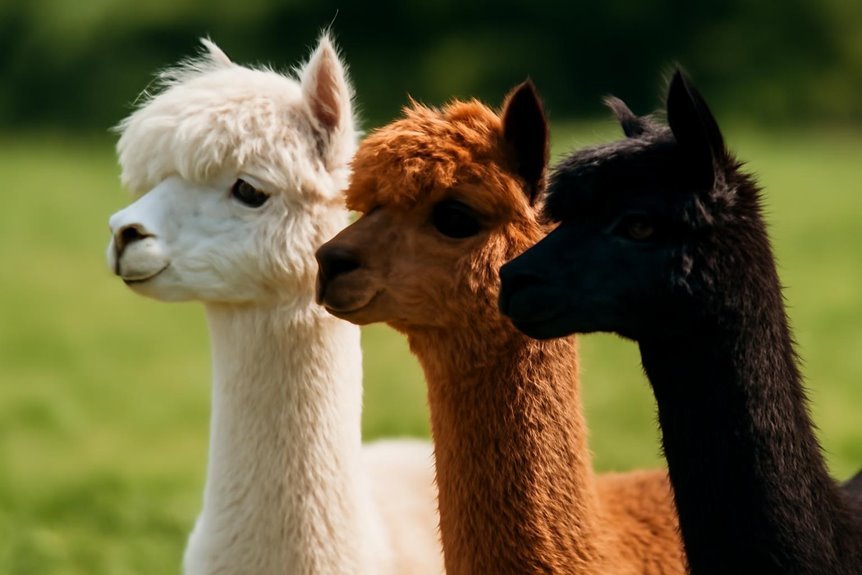
When choosing alpacas for fiber, understanding the characteristics of their fleece is key. Alpaca fiber is measured by its micron count, which directly impacts fleece quality and comfort. The finest fleece typically measures 25 microns or less, making it soft enough for next-to-skin garments. You’ll find the best quality fibers come from the blanket area, while coarser fibers from the shoulders and neck are suited for outerwear. Keep in mind, fibers above 28 microns increase the prickle factor, reducing comfort against the skin. Additionally, the crimp in alpaca fiber affects elasticity, though it’s generally less elastic than sheep wool. Categories like regular, superfine, baby, and royal—under 20 microns—help you assess fiber quality for your specific needs.
Distinguishing Between Huacaya and Suri Breeds
When choosing between Huacaya and Suri alpacas, you’ll want to contemplate their distinct fiber traits—Huacaya’s fluffy, crimped fleece contrasts with Suri’s long, silky locks. You’ll also need to think about what the fiber will be used for, since Huacaya suits everyday garments, while Suri fits luxury fashion better. Understanding these differences will help you pick the breed that matches your fiber goals.
Fiber Characteristics Comparison
A key factor in choosing between Huacaya and Suri alpacas lies in their distinct fiber characteristics. Huacaya fleece is fluffy and crimped, offering excellent elasticity and warmth with a fiber fineness averaging 26 to 30 microns. This makes it ideal for soft, next-to-skin garments. Suri alpacas, on the other hand, produce long, silky fibers ranging from 20 to 28 microns, giving their fleece a softer feel and luxurious sheen, perfect for high-end fashion. While Huacaya yields more fiber annually, Suri’s quality—measured by luster and lock structure—often commands higher prices. As an alpaca breeder, understanding these differences in fiber quality helps you select the breed that best fits your market goals and product focus.
Breed Suitability Factors
Although both Huacaya and Suri alpacas offer valuable fiber, your choice should hinge on the specific qualities you need for your products. Huacaya fleece is fluffy and crimped, providing elasticity and durability, making it ideal for everyday wear and outer garments. Suri’s fiber is finer, silkier, and forms long locks with a unique sheen, perfect for luxurious, high-quality apparel. Breeders aiming for heavier fleece yields might prefer Huacaya, which produces more fiber annually. If you’re targeting specialty textiles with a smooth drape, Suri is the better fit despite its lighter yield. By understanding these breed suitability factors, you can select the alpaca breed that aligns best with your fiber goals, ensuring you produce the high quality fiber your customers expect.
The Role of Fiber Micron Count in Quality
Since fiber micron count directly affects softness and comfort, you’ll want to pay close attention to it when choosing alpacas for quality fleece. Ideally, you should aim for alpacas with a micron count of 25 or less, as this guarantees alpaca wool that’s soft and comfortable next to the skin. Fibers under 20 microns, known as royal alpaca, represent the pinnacle of softness and luxury. Conversely, anything above 30 microns tends to be coarse and less suitable for fine garments. When developing your breeding program, focus not only on lowering the micron count but also on maintaining uniformity, with a standard deviation under 5 microns and a coefficient of variation below 25%. This consistency boosts spinability and fabric durability, key factors in superior alpaca wool quality.
Evaluating Fleece Uniformity and Crimp
When you’re choosing alpaca breeds, you want to focus on fleece uniformity to guarantee consistent fiber quality and easier spinning. Checking the crimp is just as important since higher crimp means better elasticity and durability in your garments. Keep an eye on fiber consistency to get the best balance between softness and strength.
Assessing Fiber Consistency
Three key factors determine fiber consistency in alpacas: uniform micron count, low variability, and pronounced crimp. When evaluating fiber consistency, you want to guarantee the fleece maintains a uniformity that meets the acceptable standard for softness and comfort.
Focus on these essentials:
- Micron count averaging 25 microns or less for adults
- Standard deviation within breed-specific acceptable limits
- Coefficient of variation (CV) at 25% or less for uniform fiber diameter
- Less than 5% of fibers exceeding 30 microns to avoid prickle
Keeping these in mind helps you select alpacas whose fleece offers consistent quality and better spinability, ensuring superior fiber performance in your garments.
Importance of Fiber Crimp
Although fiber crimp might seem like a small detail, it plays an essential role in determining the elasticity and overall quality of alpaca fleece. Fiber crimp refers to the natural waviness in the fibers, with ideal crimp frequencies ranging from 3 to 6 crimps per inch. This waviness boosts elasticity, making the fleece perfect for garments that need shape retention. When you evaluate uniformity in crimp across the fleece, you ascertain better spinability and a smoother yarn texture. Alpacas that produce fleece with consistent crimp patterns tend to yield superior fiber, which commands higher market value. By focusing on fiber crimp during selection, you’re not just choosing quality fleece—you’re improving the genetic potential of your herd for generations to come.
Genetic Factors Influencing Fiber Fineness
Since fiber fineness in alpacas is largely influenced by genetics, you can effectively improve it through selective breeding. Understanding key genetic factors helps you focus on animals that produce finer fiber, typically measured by a low micron count. Selective breeding targets traits with around 30% heritability, meaning improvements compound over generations.
Keep these points in mind:
- Prioritize alpacas with fiber under 25 microns for finer fleece.
- Use like-to-like genetic inbreeding to reinforce desirable traits.
- Consider the selection differential to choose superior breeders.
- Employ genetic outbreeding to introduce beneficial diversity and reduce hereditary risks.
Importance of Breeding Strategies for Fiber Improvement
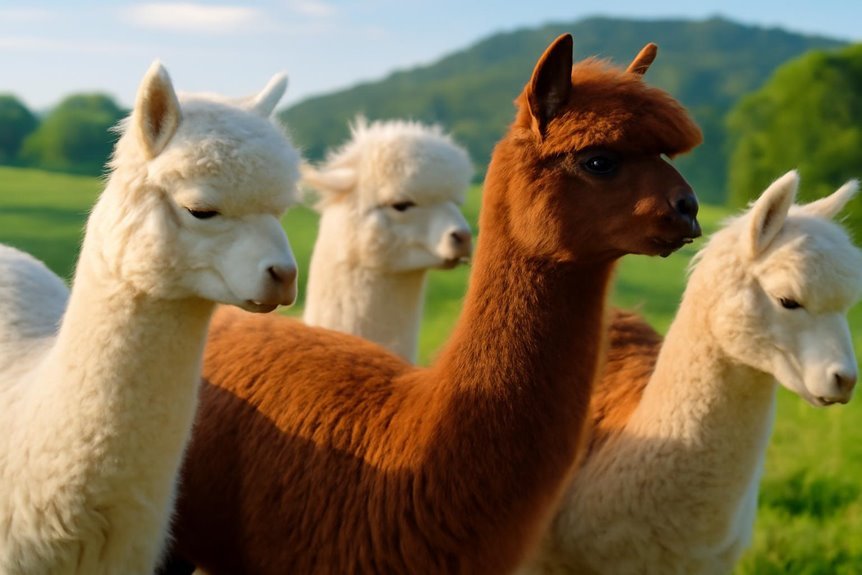
When you implement deliberate breeding strategies, you greatly boost your chances of improving fiber quality in alpacas. Breeders select animals based on superior fleece characteristics like fiber diameter and uniformity, which drives genetic gain—the measurable improvement in your herd’s fiber traits. Rather than random mating, strategic approaches such as like-to-like inbreeding or disassortative mating help reinforce desirable traits or correct flaws. By focusing on selection differentials and regularly evaluating fiber metrics, you can track progress and make informed breeding decisions. This organized approach guarantees that traits like fineness and fleece weight advance steadily, helping you build a herd with consistently high-quality fiber. Without these strategies, you risk coarser fleece and lost genetic potential, so breeding plans are essential for fiber improvement.
Assessing Fiber Weight and Density
To maximize your alpacas’ value, you need to carefully assess both fiber weight and density. These two factors heavily influence fleece quality and market appeal. Aim for fiber weight targets like 5.5 pounds per year for females and over 10 pounds for males. Equally important is fleece density, which affects the uniformity and spinability of the fiber. A balanced micron count guarantees softness without compromising durability.
Key points to take into account:
- Target consistent fiber weight to guarantee profitability
- Evaluate fleece density for uniform, high-quality fiber
- Monitor micron count to balance softness and strength
- Seek alpacas that maintain these traits year after year
Market Value and Applications of Superior Alpaca Fiber
The value of superior alpaca fiber lies in its unique qualities and market demand. When you choose alpaca breeds that produce the softest fibers, especially royal alpaca under 20 microns, you tap into a luxury market where these fibers rival silk and vicuña. With only about 4,000 tons produced annually, the market value of alpaca fiber remains high compared to coarser wools. Uniform fleece quality, featuring consistent fiber diameter and minimal guard hair, boosts spinability, increasing its desirability. Plus, as sustainable and eco-friendly textiles gain popularity, alpaca fiber’s applications in outdoor apparel continue to grow. By focusing on breeds with superior fiber traits, you guarantee access to premium markets and capitalize on the increasing demand for these exceptional fibers.
Frequently Asked Questions
What Is the Best Alpaca Fiber?
You might coincidentally find the best alpaca fiber when exploring fiber qualities like softness and fineness. Understanding alpaca grading and fiber processing helps you select premium, superfine, or royal alpaca for luxurious, comfortable garments.
What Is the Difference Between Baby Alpaca and Superfine Alpaca?
You’ll notice baby alpaca fiber characteristics offer exceptional softness, akin to cashmere, while superfine alpaca balances softness and durability. In breed comparison, baby alpaca’s finer fiber is rarer, making it more luxurious and skin-friendly.
What Is the Best Type of Alpaca?
When it comes to alpaca characteristics, you’ll want to focus on fiber qualities meeting strict breeding standards. The Huacaya type usually takes the cake, offering soft, dense fleece that’s perfect for superior fiber production.
Is Royal Alpaca Better Than Baby Alpaca?
You’ll find royal alpaca excels in fiber softness analysis, offering unmatched luxury. Royal quality comparison shows it’s finer and pricier than baby alpaca, which balances softness with durability at a more accessible price point.

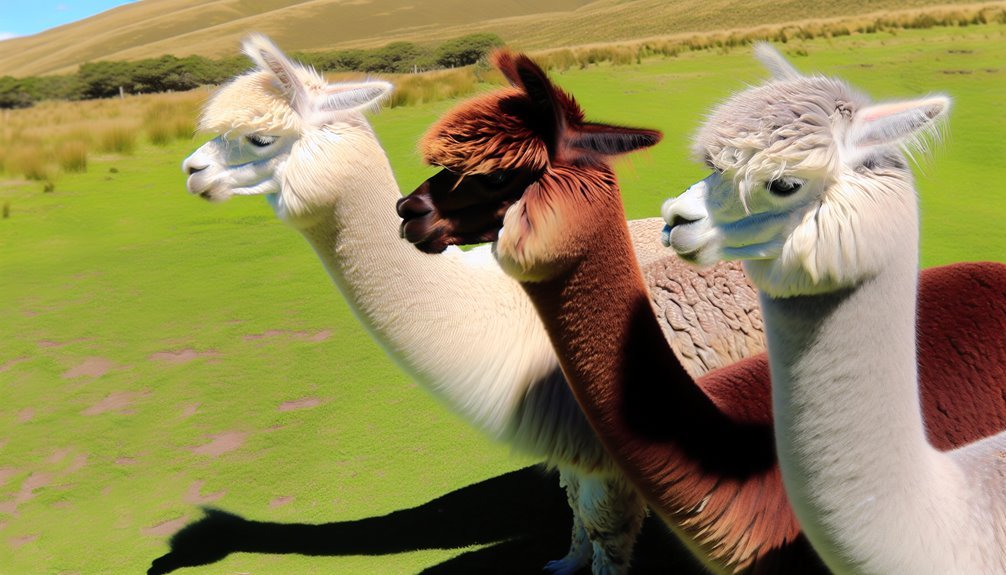


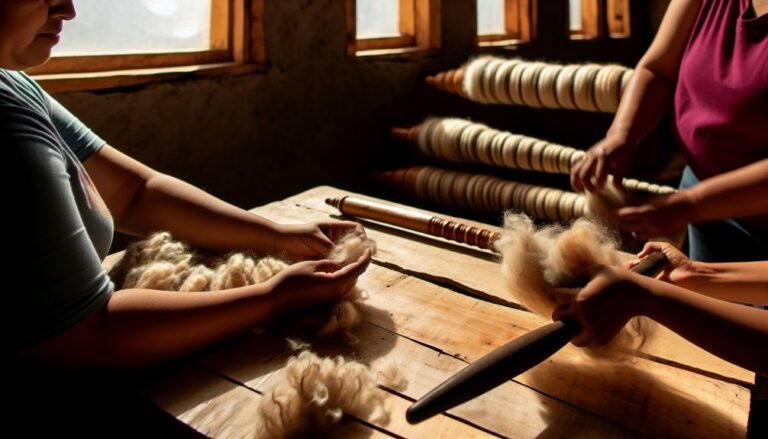

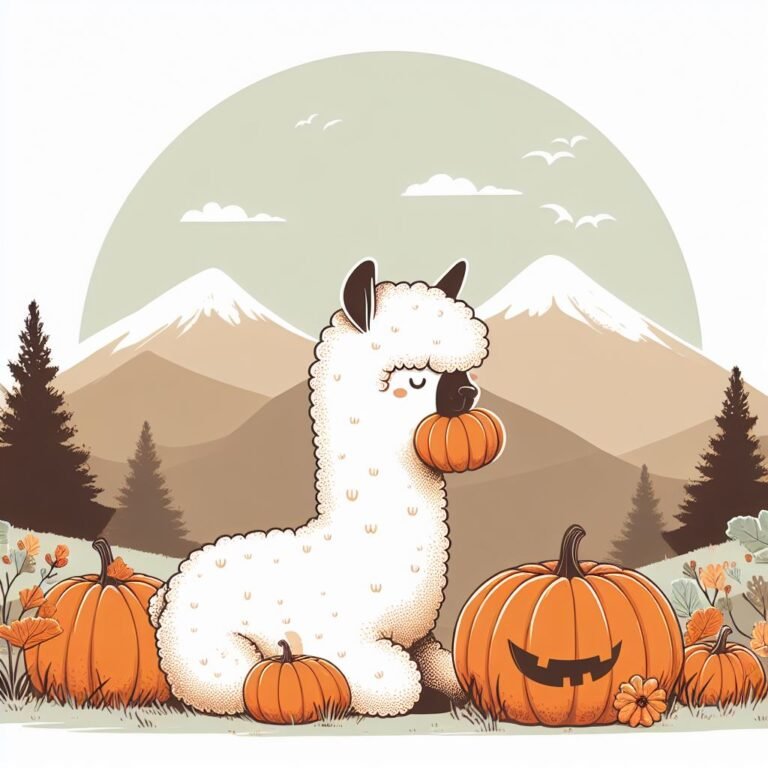

Our picks
Alpaca & Wool Felted Sole Inserts: Comfy Upgrade?
Best Alpaca Socks for Hiking: Ultimate Comfort and Durability on Trails
Best Alpaca Halter for Comfort and Control